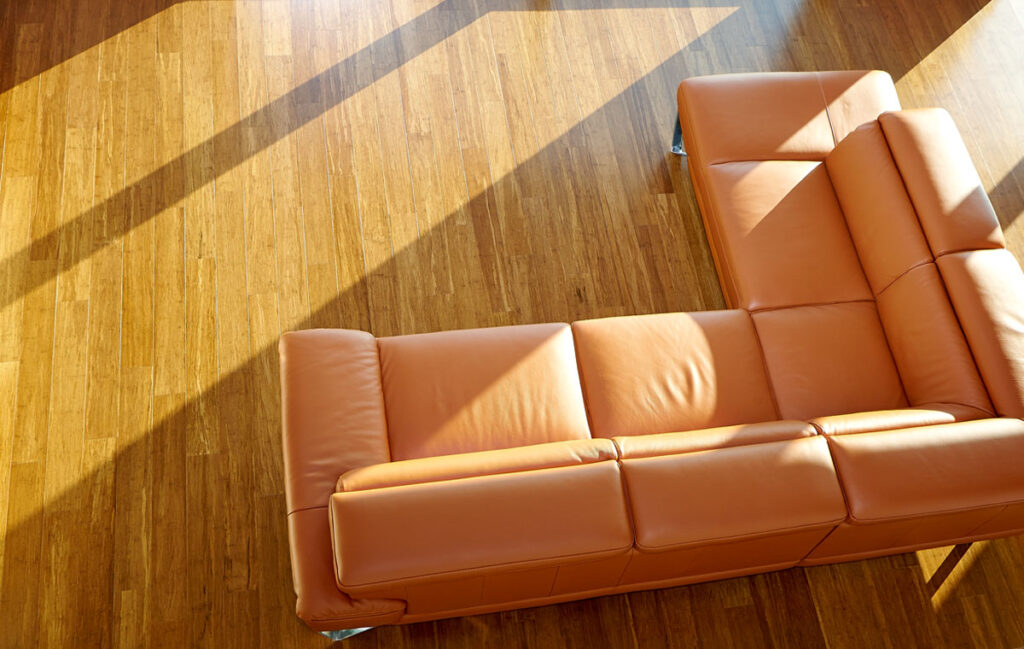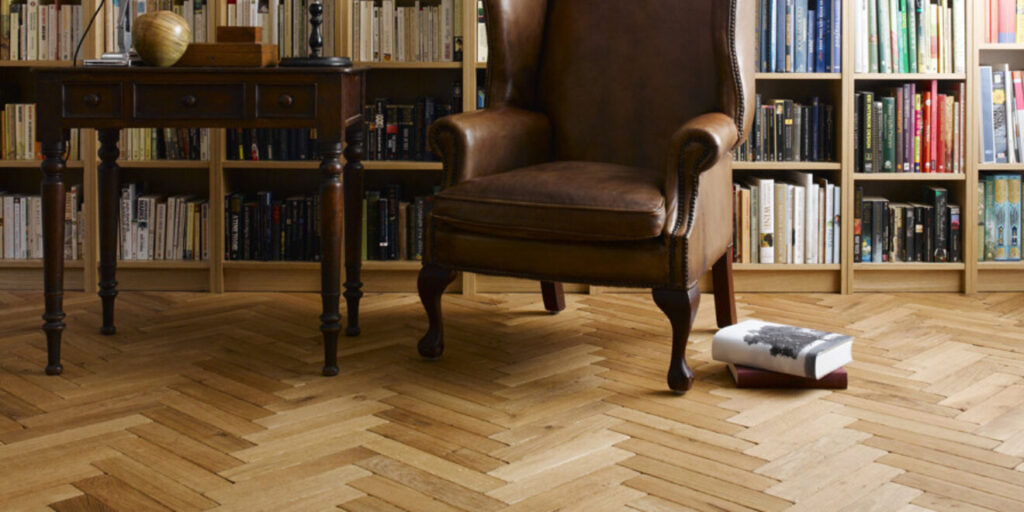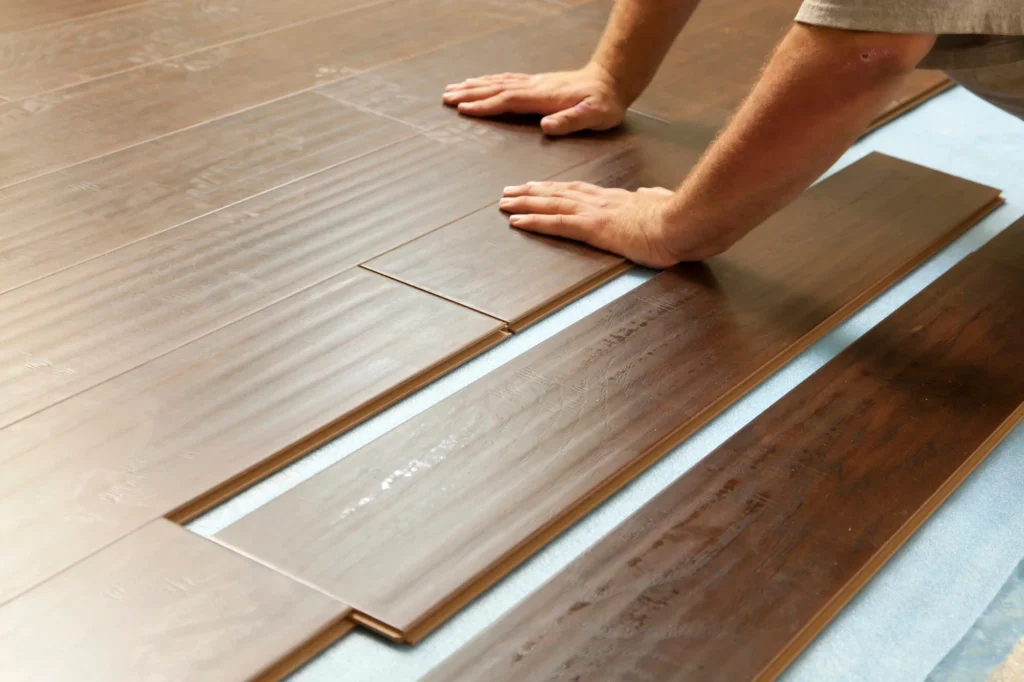Laminate Parquet: The Ultimate Guide to Stylish and Durable Flooring
Laminate parquet flooring has become a popular choice for homeowners and interior designers alike. Combining the timeless elegance of parquet patterns with the durability and affordability of laminate, this flooring option offers the best of both worlds. In this comprehensive guide, we will explore everything you need to know about laminate parquet, from its benefits and installation process to maintenance tips and frequently asked questions.

Table of Contents
- What is Laminate Parquet?
- Benefits of Laminate Parquet Flooring
- Types of Laminate Parquet Patterns
- How to Choose the Right Laminate Parquet
- Installation Process
- Maintenance and Care Tips
- Laminate Parquet vs. Other Flooring Options
- FAQs About Laminate Parquet
- Conclusion
1. What is Laminate Parquet?
Laminate parquet is a type of flooring that mimics the appearance of traditional parquet flooring but is made from laminate materials. Parquet flooring is known for its geometric patterns, typically made from small pieces of wood arranged in intricate designs. Laminate parquet replicates these patterns using high-resolution images of wood, which are then printed onto the laminate surface.
The laminate is composed of multiple layers, including a wear layer, a decorative layer, a core layer, and a backing layer. These layers work together to create a durable, scratch-resistant, and moisture-resistant flooring option that is more affordable than traditional hardwood parquet.
2. Benefits of Laminate Parquet Flooring
a. Affordability
Laminate parquet is significantly more affordable than traditional hardwood parquet. It offers the same aesthetic appeal without the high cost, making it an excellent choice for budget-conscious homeowners.
b. Durability
The wear layer on laminate parquet makes it highly resistant to scratches, dents, and stains. This makes it ideal for high-traffic areas such as living rooms, hallways, and kitchens.
c. Easy Installation
Laminate parquet is designed with a click-lock system, making it easy to install as a floating floor. This means you can install it over existing flooring without the need for glue or nails.
d. Low Maintenance
Unlike hardwood, laminate parquet does not require regular polishing or waxing. Simple sweeping and occasional mopping are enough to keep it looking new.
e. Versatility
Laminate parquet is available in a wide range of colors, patterns, and finishes, allowing you to choose the perfect style to match your interior design.

3. Types of Laminate Parquet Patterns
a. Herringbone
The herringbone pattern is one of the most popular parquet designs. It features rectangular planks arranged in a zigzag pattern, creating a timeless and elegant look.
b. Chevron
Similar to herringbone, the chevron pattern also features a zigzag design. However, the planks are cut at an angle, creating a more dynamic and modern appearance.
c. Brick
The brick pattern mimics the layout of traditional brick walls. It is a simple yet stylish option that works well in both traditional and contemporary settings.
d. Mosaic
Mosaic parquet features small, square pieces of wood arranged in intricate patterns. This design is perfect for adding a touch of sophistication to your space.
4. How to Choose the Right Laminate Parquet
a. Consider the Room
Different rooms have different requirements. For example, a high-traffic area like the living room may require a more durable laminate, while a bedroom can accommodate a softer, more decorative option.
b. Choose the Right Color
The color of your laminate parquet should complement the overall color scheme of your room. Lighter colors can make a small room appear larger, while darker colors add warmth and coziness.
c. Check the AC Rating
The AC rating indicates the durability of the laminate. Ratings range from AC1 (light residential use) to AC5 (heavy commercial use). For most homes, an AC3 or AC4 rating is sufficient.
d. Thickness Matters
Thicker laminate planks are more durable and provide better sound insulation. However, they may also be more expensive.
5. Installation Process
a. Preparation
Before installation, ensure that the subfloor is clean, dry, and level. You may need to use a leveling compound to fix any uneven areas.
b. Underlayment
Lay down an underlayment to provide cushioning, moisture protection, and sound insulation.
c. Laying the Planks
Start laying the planks from one corner of the room, using spacers to maintain an expansion gap around the edges. Connect the planks using the click-lock system.
d. Finishing Touches
Once all the planks are laid, install baseboards or molding to cover the expansion gaps and give the floor a finished look.

6. Maintenance and Care Tips
a. Regular Cleaning
Sweep or vacuum the floor regularly to remove dirt and debris. Use a damp mop for deeper cleaning, but avoid using excessive water.
b. Avoid Harsh Chemicals
Harsh chemicals can damage the laminate surface. Use a cleaner specifically designed for laminate flooring.
c. Protect from Scratches
Place felt pads under furniture legs and avoid dragging heavy objects across the floor.
d. Control Humidity
Laminate flooring can be affected by extreme humidity. Use a humidifier or dehumidifier to maintain a stable indoor environment.
7. Laminate Parquet vs. Other Flooring Options
a. Laminate Parquet vs. Hardwood Parquet
While hardwood parquet offers a more authentic look and feel, it is more expensive and requires more maintenance. Laminate parquet, on the other hand, is more affordable and easier to maintain.
b. Laminate Parquet vs. Vinyl Flooring
Vinyl flooring is also a cost-effective option, but it lacks the elegance and durability of laminate parquet. Laminate parquet is more resistant to scratches and dents.
c. Laminate Parquet vs. Tile Flooring
Tile flooring is durable and water-resistant, but it can be cold and hard underfoot. Laminate parquet provides a warmer and more comfortable surface.
8. FAQs About Laminate Parquet
Q1: Is laminate parquet suitable for kitchens and bathrooms?
A: While laminate parquet is moisture-resistant, it is not entirely waterproof. It can be used in kitchens but is not recommended for bathrooms or other areas with high moisture levels.
Q2: Can laminate parquet be refinished?
A: Unlike hardwood, laminate parquet cannot be refinished. If the surface becomes damaged, the affected planks will need to be replaced.
Q3: How long does laminate parquet last?
A: With proper care, laminate parquet can last between 15 to 25 years, depending on the quality and the amount of foot traffic it receives.
Q4: Can laminate parquet be installed over radiant heating?
A: Yes, laminate parquet can be installed over radiant heating systems, but it is essential to follow the manufacturer’s guidelines to avoid damage.
Q5: Is laminate parquet eco-friendly?
A: Many laminate flooring products are made from recycled materials and are recyclable themselves, making them an eco-friendly option.
9. Conclusion
Laminate parquet flooring is a versatile, durable, and affordable option that can enhance the beauty of any space. Whether you prefer the classic herringbone pattern or the modern chevron design, laminate parquet offers a wide range of options to suit your style. With proper installation and maintenance, it can provide years of beauty and functionality.
If you’re considering laminate parquet for your home, take the time to choose the right color, pattern, and quality to ensure it meets your needs. With its combination of elegance and practicality, laminate parquet is an excellent choice for any homeowner looking to upgrade their flooring.
